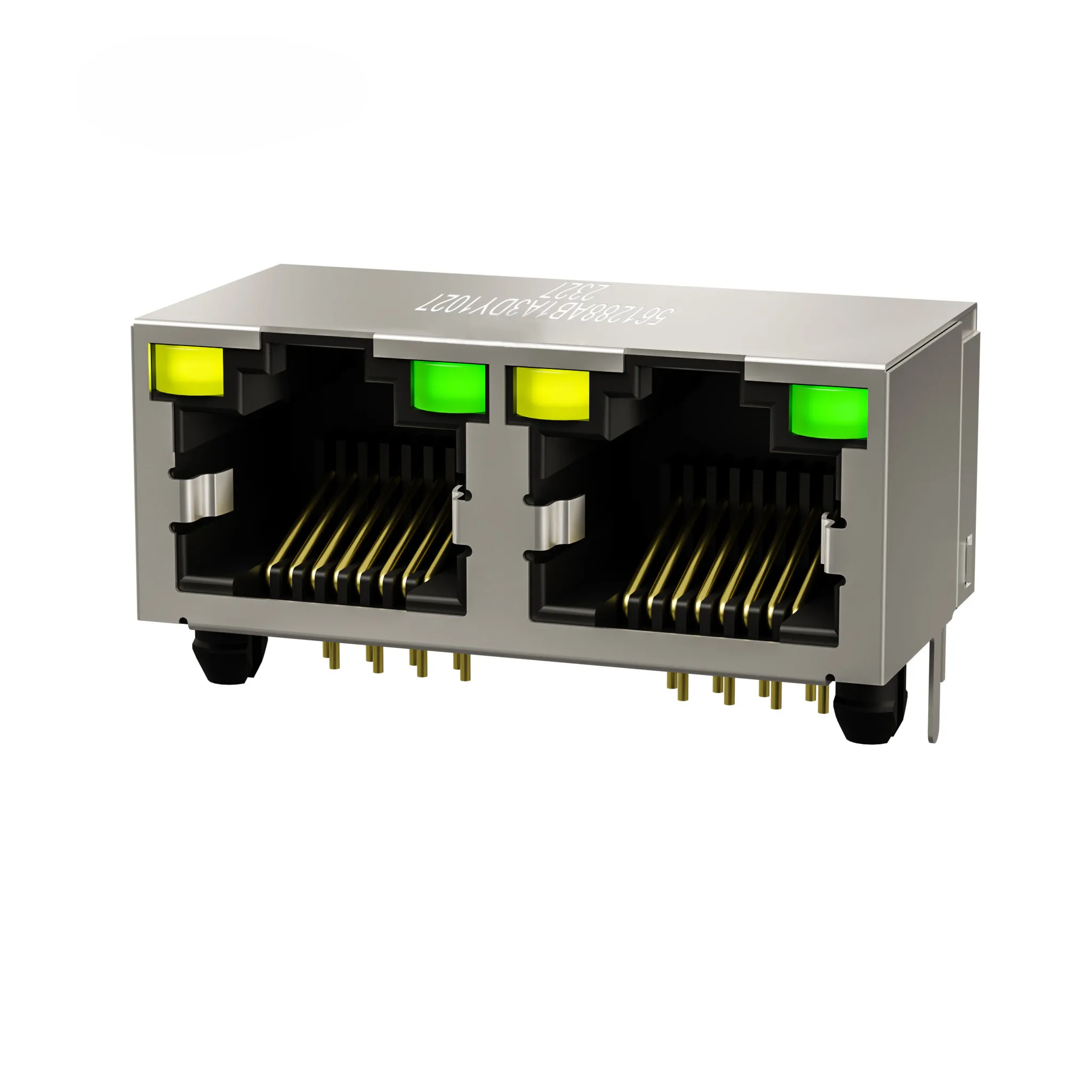Case Study: Performance and Standards of RJ45 Connectors in IoT Devices
Introduction
As the Internet of Things (IoT) continues to expand, the demand for reliable and efficient connectivity in IoT devices has never been higher. Among the critical components facilitating this connectivity are RJ45 connectors. This case study examines the performance and standards of RJ45 connectors in various IoT applications, illustrating their significance in ensuring seamless communication and data transfer.
Background
In the rapidly evolving IoT landscape, devices such as smart sensors, home automation systems, and industrial controllers rely heavily on stable network connections. RJ45 connectors, which are primarily used for Ethernet connections, provide a wired solution that minimizes latency and maximizes data transfer speeds. The performance of these connectors is crucial for the functionality of IoT devices, particularly in applications where real-time data processing is essential.
Case Example: Smart Home Devices
Scenario: A typical smart home setup includes devices such as smart thermostats, security cameras, and lighting controls, all interconnected through a central hub.
Implementation: In this setup, RJ45 connectors are used to link the hub to the home router, providing a wired connection to each device. This approach contrasts with wireless alternatives, which may experience interference or signal degradation.
Performance Analysis:
- Speed: RJ45 connectors support various Ethernet standards, such as Fast Ethernet (100 Mbps) and Gigabit Ethernet (1 Gbps). In this smart home scenario, Gigabit Ethernet RJ45 connectors ensure that high-definition video feeds from security cameras are transmitted smoothly without buffering.
- Reliability: The wired nature of RJ45 connections reduces the risk of connectivity drops, which is critical for security devices that require constant monitoring. In our case, the security system maintained a consistent connection, ensuring alerts were sent immediately when motion was detected.
Case Example: Industrial IoT
Scenario: In an industrial setting, IoT devices are deployed for real-time monitoring and control of machinery.
Implementation: RJ45 connectors are integrated into sensors and Programmable Logic Controllers (PLCs) that communicate with a centralized management system.
Performance Analysis:
- Durability: Industrial environments often expose devices to harsh conditions, such as dust and temperature fluctuations. High-quality RJ45 connectors with enhanced durability standards (like those adhering to IP ratings) withstand these challenges, ensuring continuous operation.
- Standards Compliance: Many industrial IoT applications require adherence to specific standards, such as IEEE 802.3 for Ethernet. RJ45 connectors that comply with these standards guarantee compatibility and interoperability among various devices, making it easier to integrate new technology into existing systems.
Conclusion
The case studies of smart home and industrial IoT applications highlight the crucial role of RJ45 connectors in maintaining performance and reliability. Their ability to support high data transfer speeds, coupled with durability and adherence to industry standards, makes them an indispensable component in the IoT ecosystem.
As the IoT landscape continues to evolve, understanding the performance and standards of RJ45 connectors will empower developers and businesses to make informed choices when designing and implementing interconnected systems. This knowledge not only enhances device performance but also ensures a robust, reliable network infrastructure that can adapt to the growing demands of the IoT world.
To find products and services more accurately, please try entering keywords for search.
For more product and service content, please contact us and send an email to sales@dimud.com.
We sincerely look forward to connecting with you!


